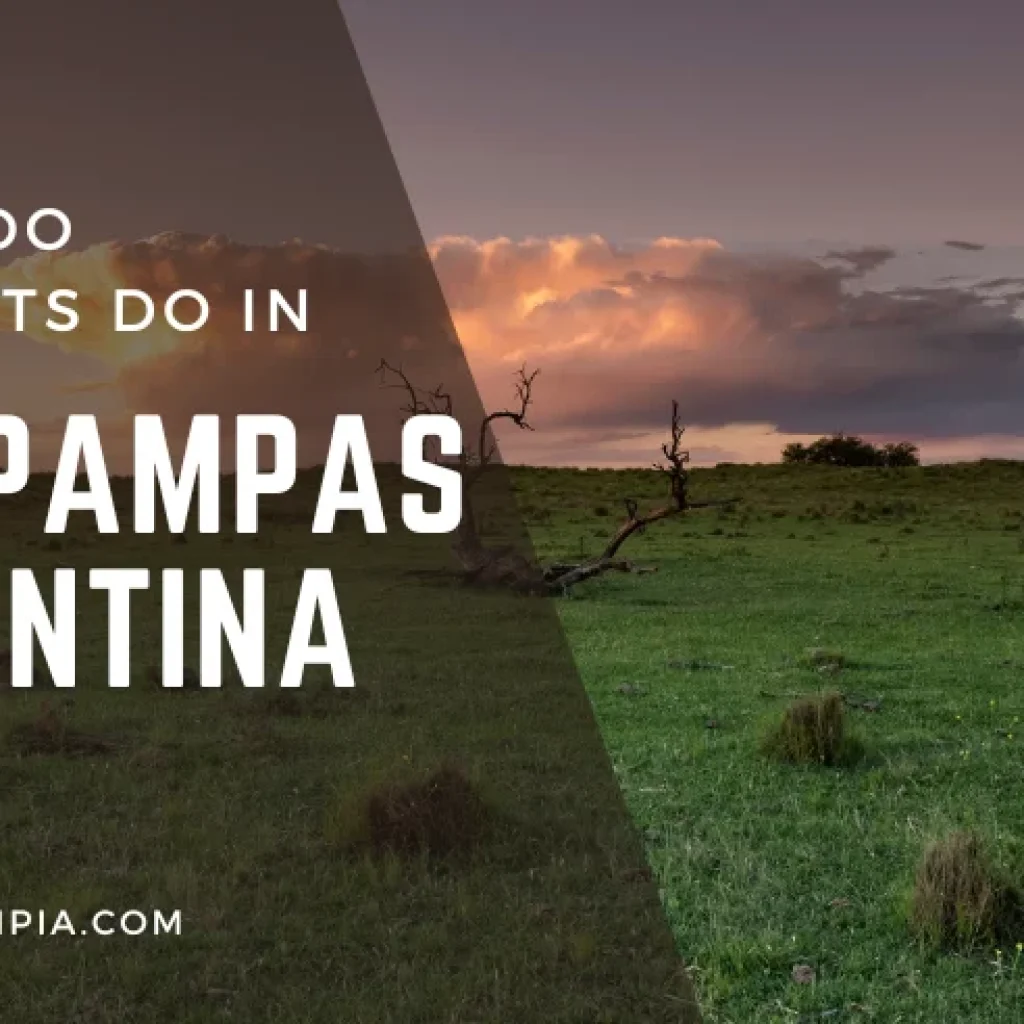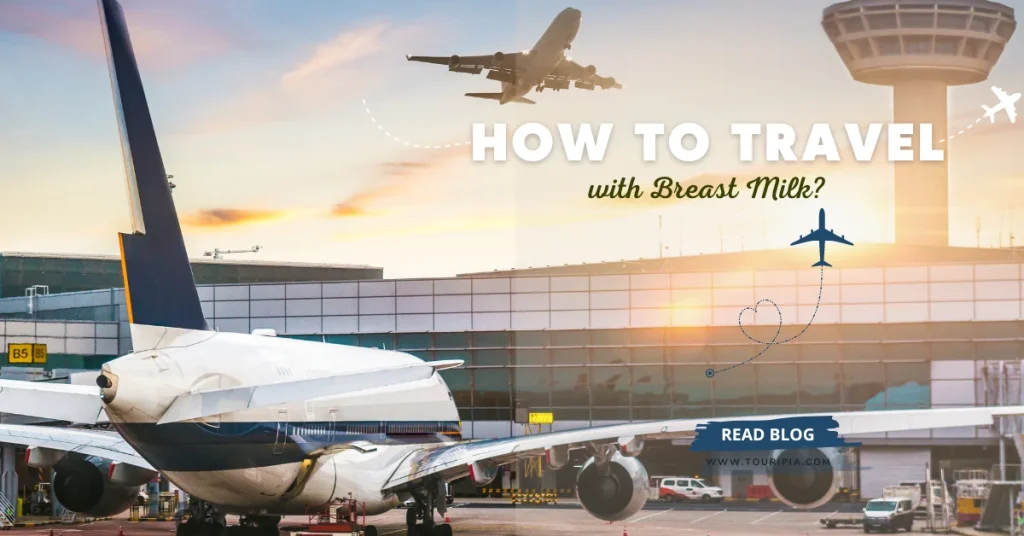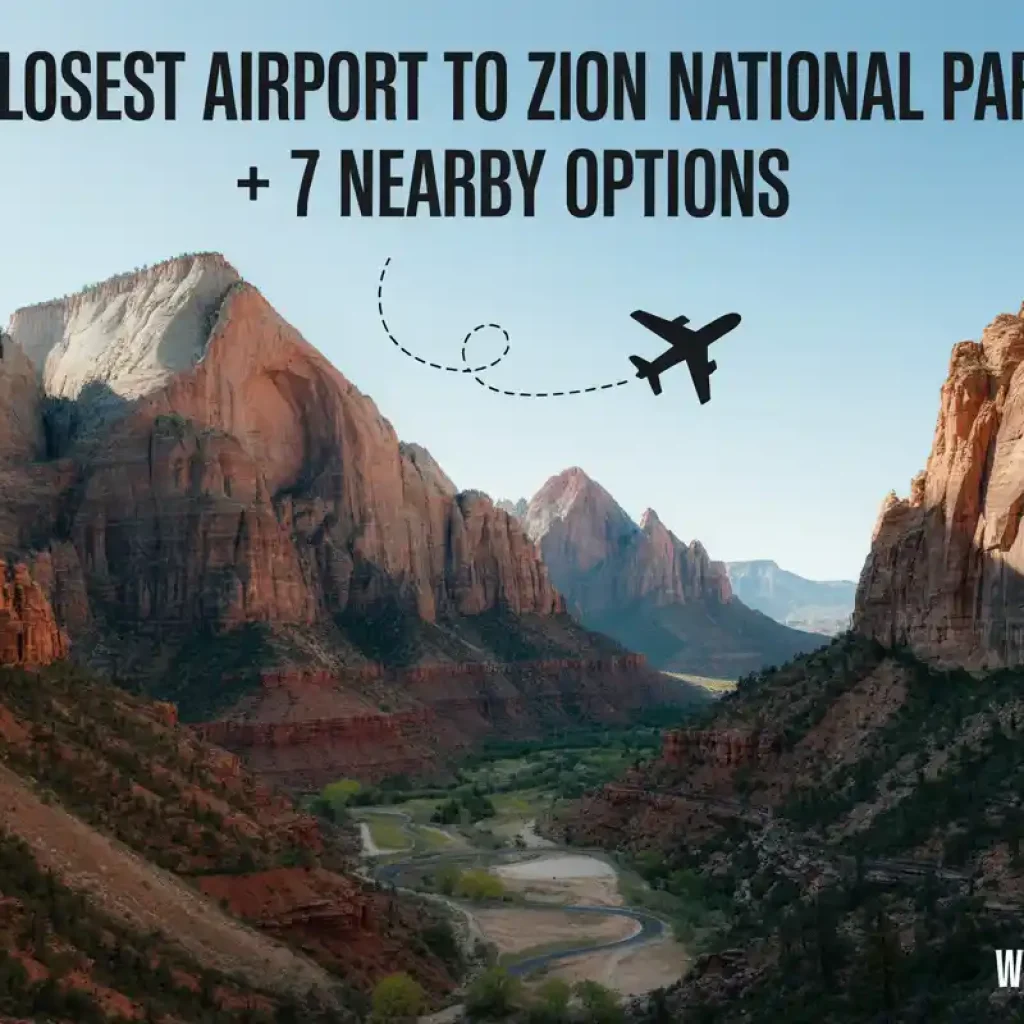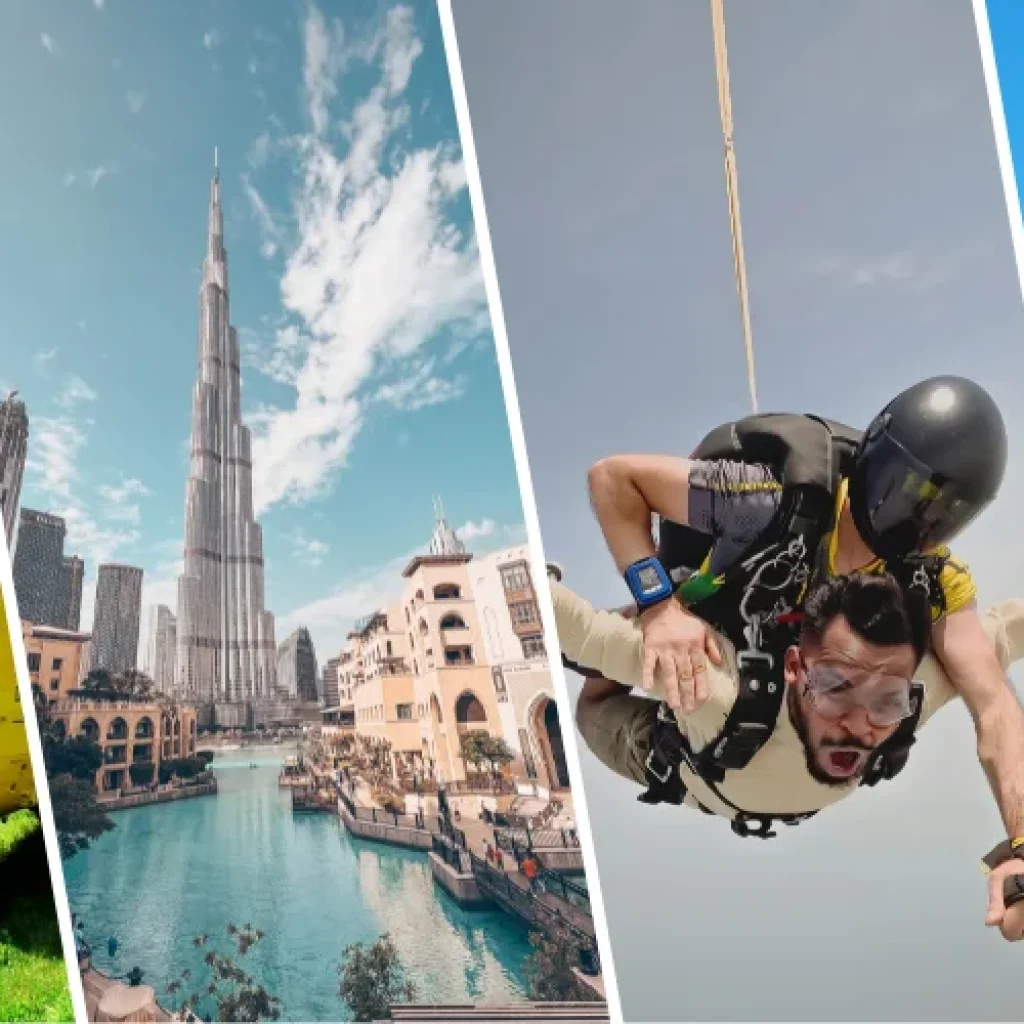15 Most Dangerous Holiday Destinations in the World for 2025
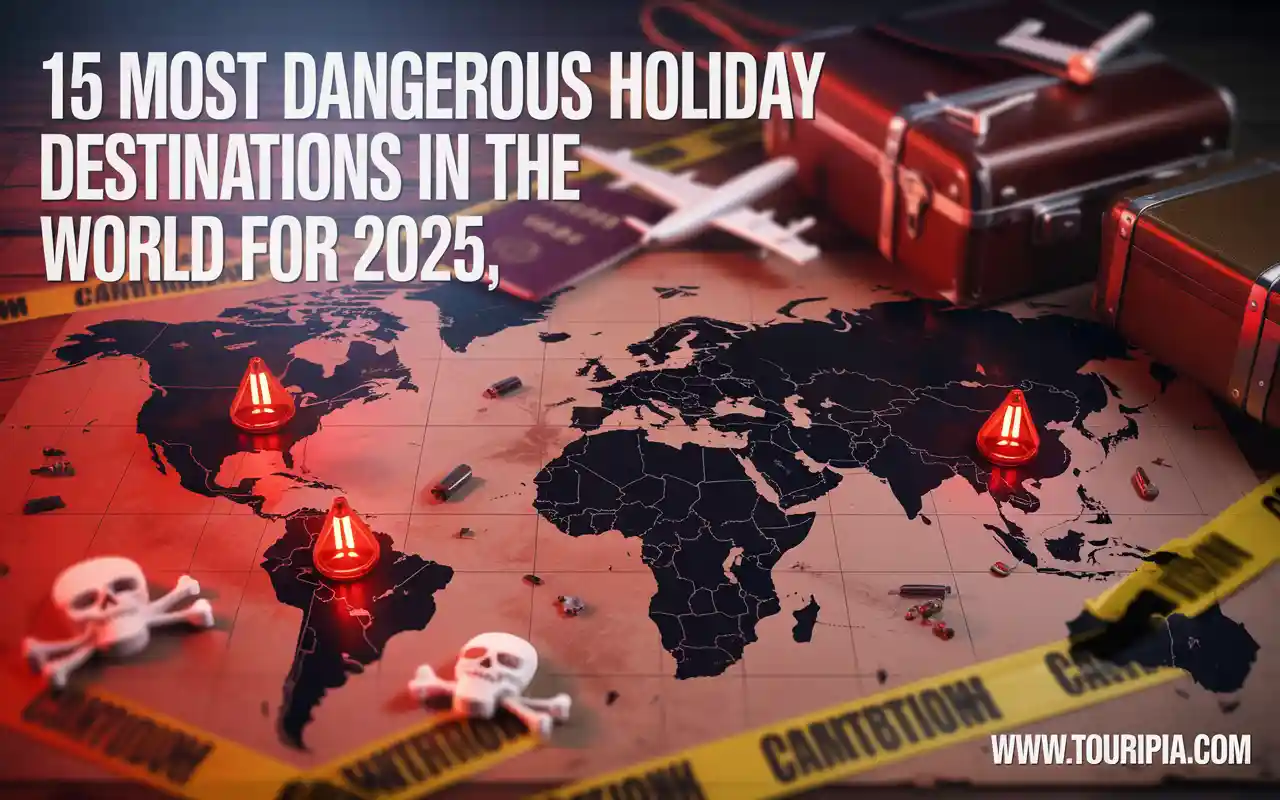
The allure of the most dangerous holiday destinations in the world is complicated. On one hand, these are places that captivate travelers with stunning landscapes, ancient cultures, and rare experiences.
On the other hand, they carry risks that no glossy brochure ever highlights—armed conflicts, natural disasters, health outbreaks, or unpredictable crime incidents. In 2025, updated advisories from organizations like the UK Foreign Office, the U.S. State Department, and Global Guardian remind us that beauty and danger often coexist.
Over the past decade, I’ve trekked salt flats in Bolivia, worked alongside local guides in Morocco, and crossed volatile borders in Central Asia. Those experiences taught me that some tourist destinations can enrich your soul while still testing your resilience and judgment.
The most dangerous holiday destinations 2025 aren’t simply “no-go zones”—they are regions where you must weigh risk carefully, understand local dynamics, and prepare with more than just a good backpack.
This guide is not written to scare travelers away, but to present an honest, experience-driven view. By highlighting unsafe travel destinations, I’ll share why these places remain risky, what 2025 brings in terms of instability, and what seasoned travelers like myself have learned from navigating similar environments. Think of it as a Travel Danger Score written in human terms: real risks, but also glimpses into why people still feel drawn to them.
For those who’ve ever asked, “What is the most dangerous holiday in the world?” or wondered whether a dream trip overlaps with a dangerous tourist destination, this article pulls from both personal encounters and professional advisories.
By the end, you’ll see why the most dangerous travel destinations in the world are not just names on a list but complex places where adventure and risk collide.
How We Ranked Danger Levels?
Danger is relative. For this list of the most dangerous destinations in the world, I relied on a combination of field experience and trusted sources: the Global Peace Index, advisories from the Foreign, Commonwealth and Development Office (FCDO), and traveler reports.
Having worked with both local guides and intelligence teams that monitor travel risk, I know that even within a single country, safety levels vary dramatically.
We looked at four major criteria when ranking these dangerous countries for tourists:
- Crime & Safety Risks – Petty theft, scams, kidnapping, violent crime, and cartel-related violence in specific regions.
- Health Risks – Limited access to quality healthcare, disease outbreaks like dengue, and lack of reliable sanitation.
- Political Instability & Conflict – Civil wars, militant groups, terrorism risks, and government crackdowns.
- Natural Disasters & Climate Risks – Floods, volcanic activity, earthquakes, extreme heat, and toxic environments such as the Danakil Depression.
Each destination was assessed not just by its Travel Danger Score but also by nuance. For example, while Egypt thrives as a holiday spot, its North Sinai Governorate remains under security warnings. Similarly, Mexico’s resorts are global favorites, yet cartel activity in certain states poses real threats.
This balanced approach matters. Every country has cultural richness to offer—whether it’s North Korea’s historical intrigue or South Africa’s Skeleton Coast. But in 2025, risks such as civil war, drug cartels, and terrorism risks remain part of the reality travelers must acknowledge.
The 15 Most Dangerous Holiday Destinations in 2025
1. Afghanistan – Political Instability & Terrorism Risks
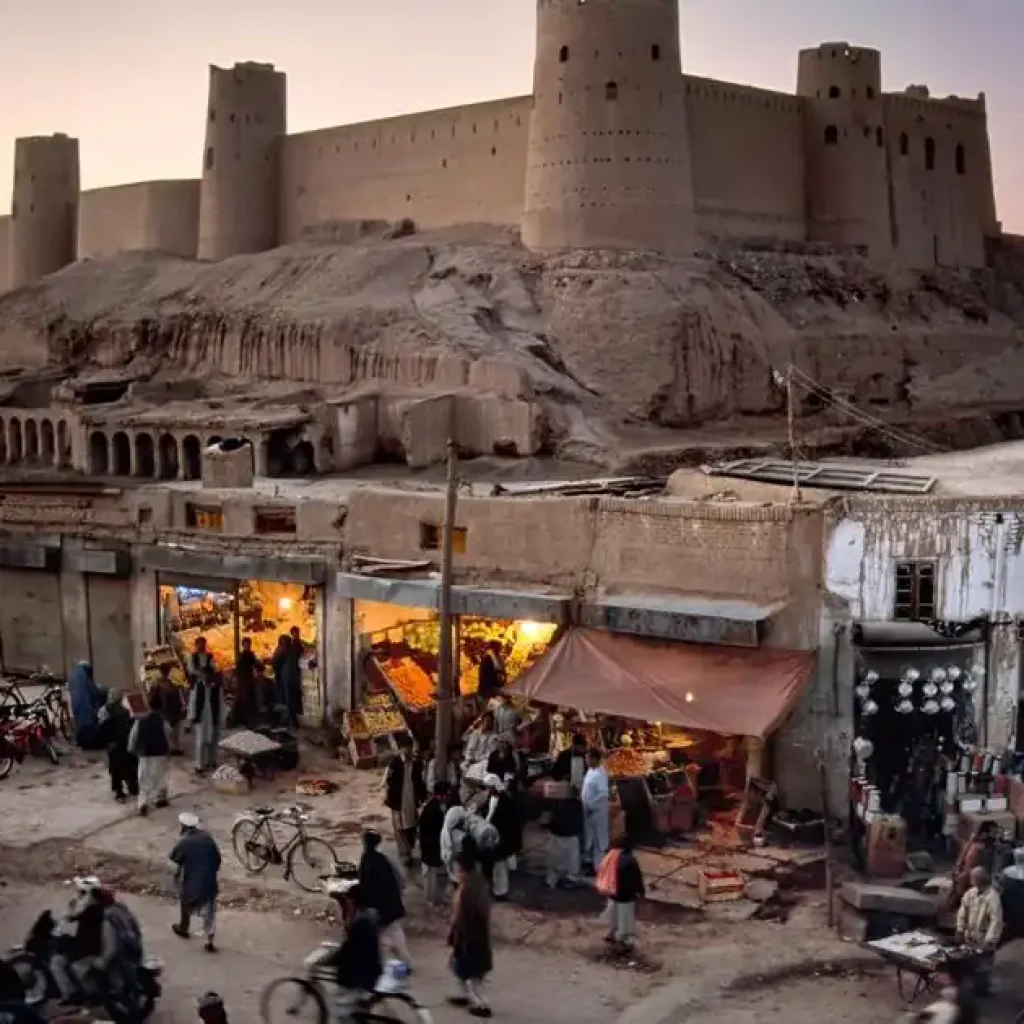
Afghanistan is a country of stunning mountain ranges and historic cities like Herat and Kabul. Yet in 2025, it remains high on every travel advisory system due to terrorism risks, militant groups, and limited access to reliable healthcare.
I’ve met aid workers who still describe the cultural warmth of Afghan families, but they also emphasize the volatility—suicide attacks, armed clashes, and human rights violations persist. For travelers, even with comprehensive travel insurance, this destination remains largely inaccessible without specialized security arrangements.
2. Somalia – Piracy & Armed Conflict
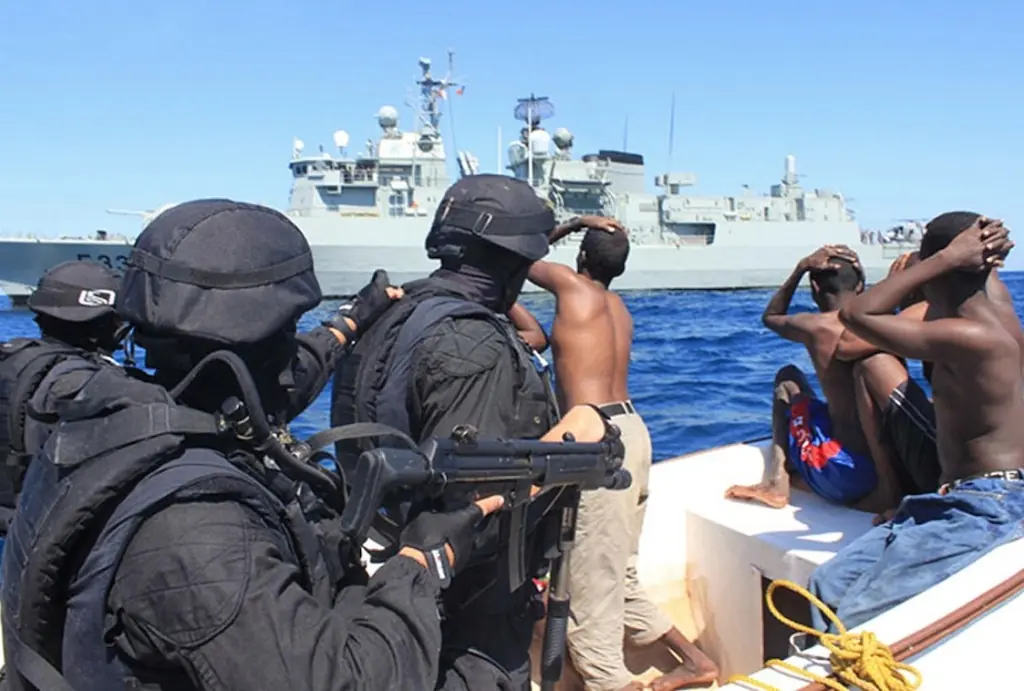
Somalia’s Indian Ocean coastline is breathtaking, but its risks run deep. Piracy near Mogadishu, kidnappings, and militant groups operating inland make it one of the worst holiday destinations in the world from a safety perspective.
When I worked briefly with a security consultant tracking piracy routes, I learned how fragile travel logistics can be here—ports under control one month may be abandoned the next. For 2025, the UK Foreign Office continues to list Somalia under its highest warning level.
3. Syria – Ongoing Conflict Zones

Despite its ancient ruins in Palmyra and Damascus’ old city, Syria continues to face instability from armed conflicts and sporadic terrorism risks. In 2025, travelers still cannot move freely without encountering checkpoints or damaged infrastructure.
Locals I spoke to in nearby Lebanon described how Syria’s cultural heritage is heartbreaking to see deteriorate. While some journalists and aid workers manage short visits, it is not considered a safe travel destination for holiday purposes.
4. Yemen – Civil War & Cholera Outbreaks
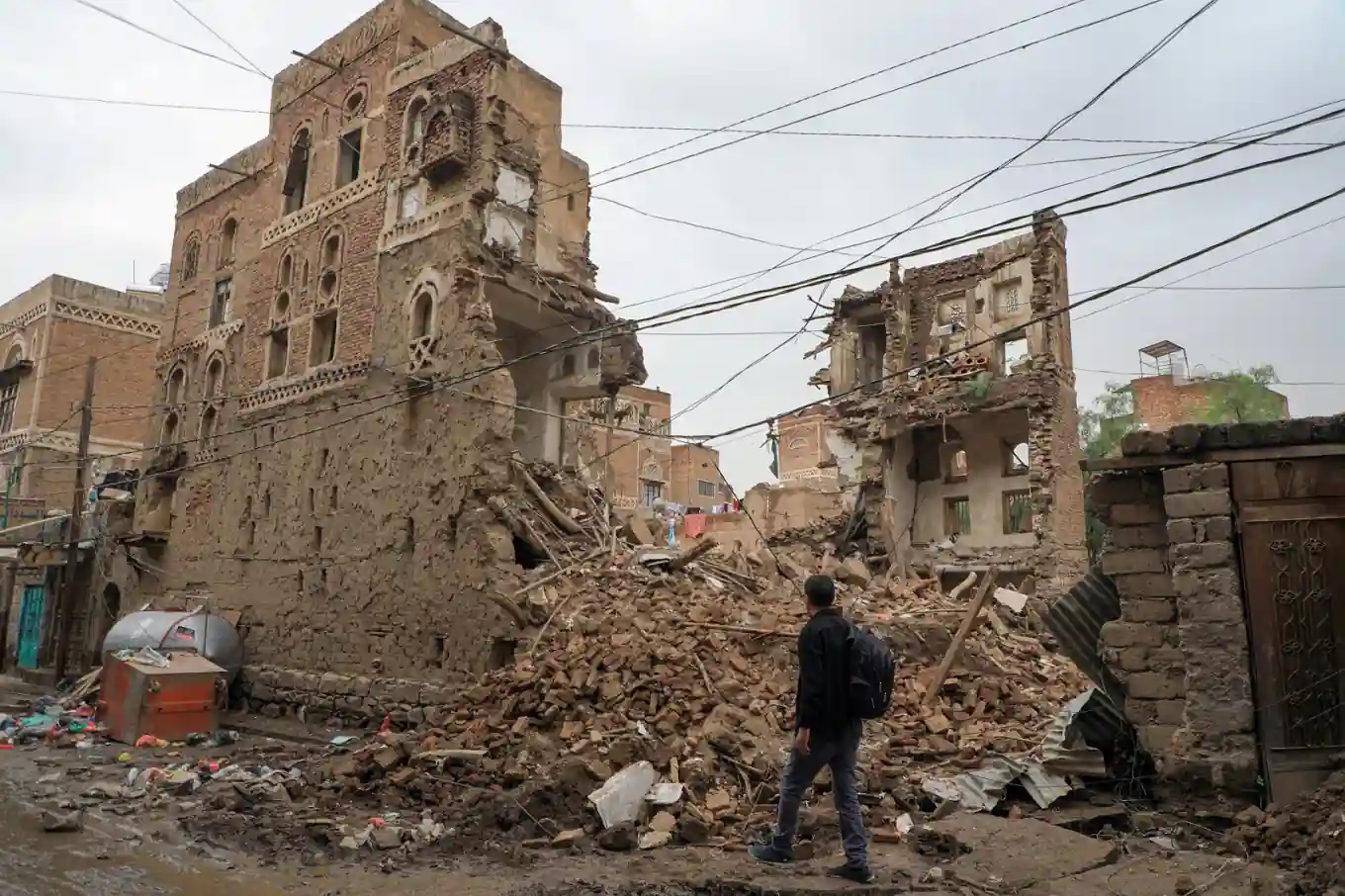
Yemen, once celebrated for its UNESCO-listed old city of Sana’a, is mired in civil war, cholera outbreaks, and crippling shortages of medicine. Travelers who romanticize its Arabian culture may look to Oman as a safer alternative.
When I met a group of humanitarian workers in Muscat, their stories about operating in Yemen under constant threat highlighted why it ranks high among the most dangerous travel destinations in the world. Infrastructure is unstable, and evacuation routes are extremely limited in 2025.
5. North Korea – Strict Restrictions & Political Tensions
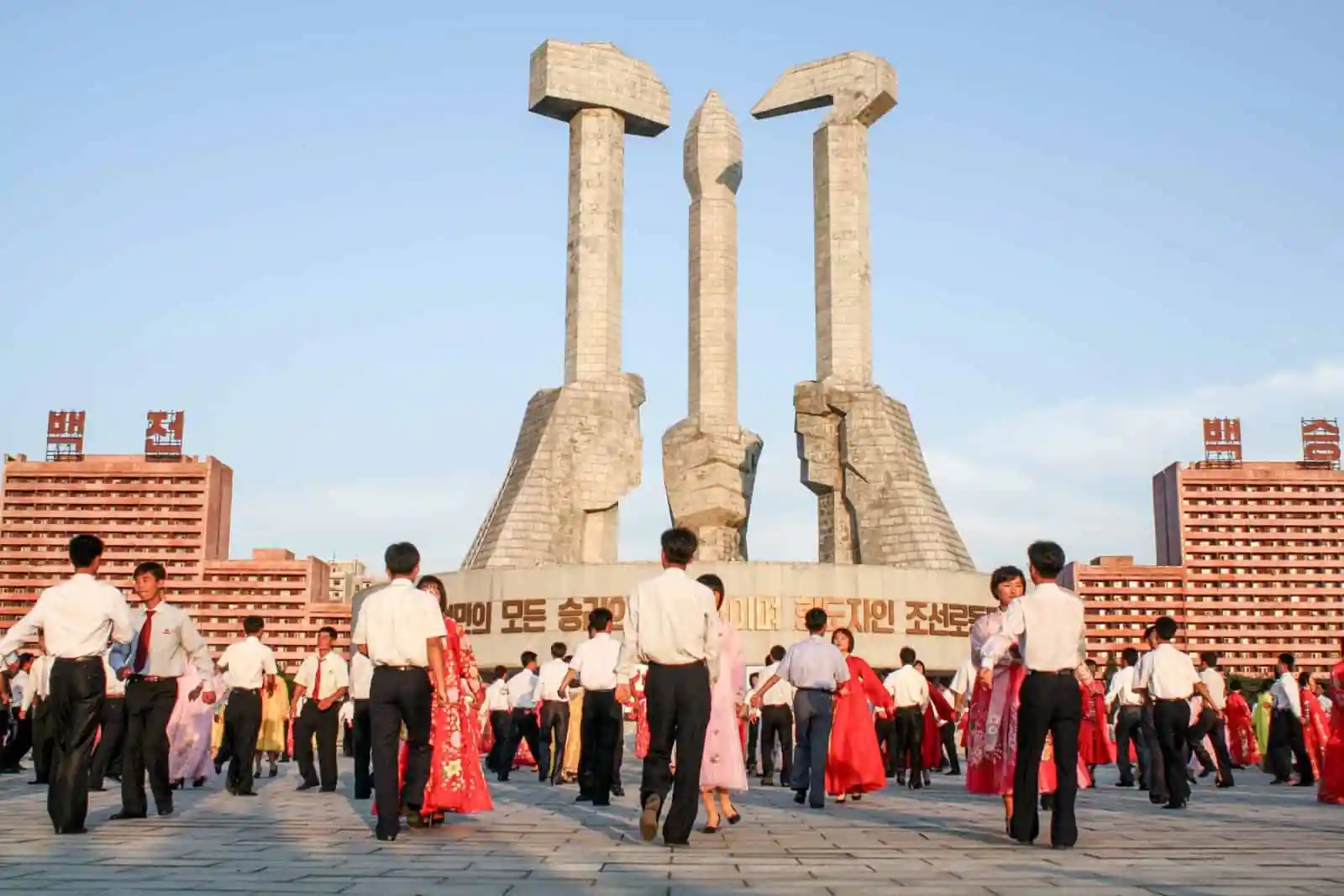
North Korea is one of the most dangerous holiday destinations in the world not because of street crime but because of political rigidity. Every visitor is under strict surveillance, movement is heavily restricted, and even minor infractions can lead to detainment.
I once spoke with a traveler who visited via an official tour group and described the surreal experience—walking through empty streets in Pyongyang, only permitted to photograph certain monuments.
The risks here are tied to political tensions, human rights violations, and the unpredictability of international relations. In 2025, advisories still classify North Korea as a high-risk travel destination due to its isolation and lack of emergency support.
6. Mali – Terrorism & Kidnapping in Desert Areas
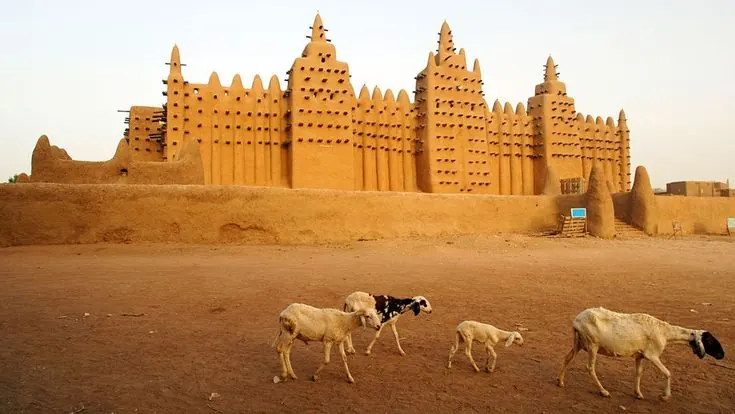
Mali’s cultural heritage, from Timbuktu’s ancient manuscripts to the Niger River, remains extraordinary. But its Western Desert regions are plagued by militant activity, kidnappings, and civil war spillover from neighboring countries.
When I worked with local guides in West Africa, I was repeatedly told that northern Mali is considered a “red zone.”
The UK Foreign Office and Global Guardian intelligence teams warn against travel here in 2025. While Bamako offers glimpses of Malian culture, the vast desert north is among the most dangerous travel destinations in the world.
7. Iraq – Some Stability, But High-Risk Regions

Iraq is a land of contrasts: historic treasures like Babylon and the bustling markets of Baghdad sit beside areas still scarred by years of conflict. In 2025, some stability has returned, but regions such as Mosul remain volatile.
I met a photographer once who entered Iraq under tight security—he described it as both breathtaking and unnerving. Risks include terrorism, armed conflicts, and limited healthcare outside major cities.
Even with comprehensive travel insurance, the country is still flagged on the safety advisory system as a place requiring extreme caution.
8. Pakistan (Certain Areas) – Security Issues in Border Regions
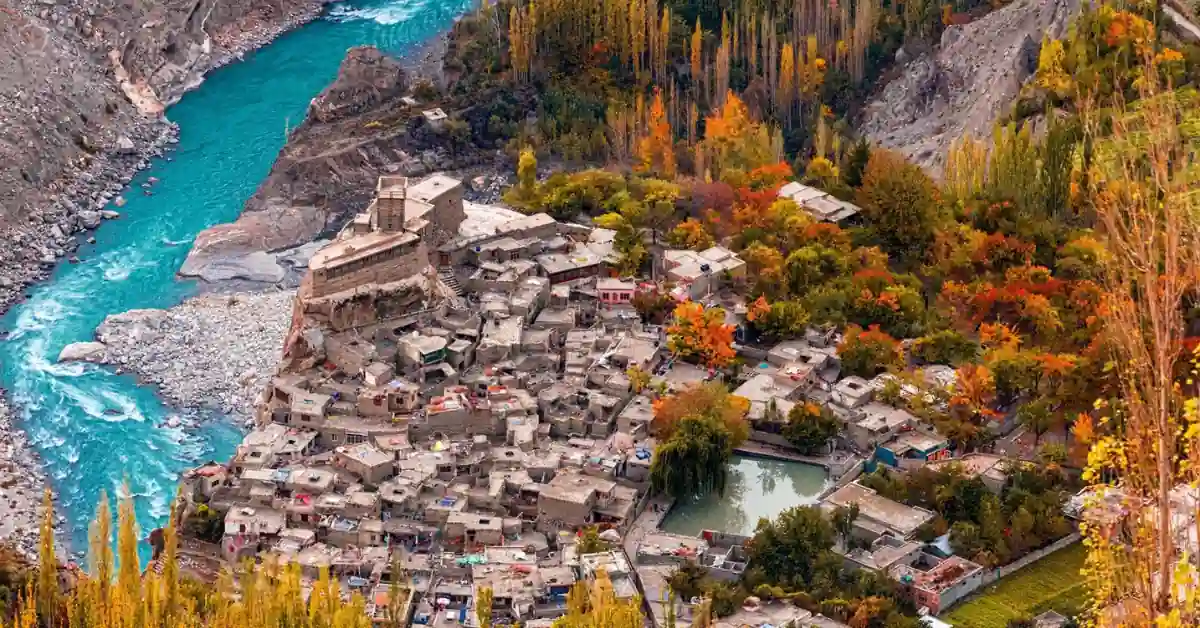
Pakistan is a place I know well—its mountains are spectacular, its cities bustling, and its hospitality legendary. Yet the reality is that certain border regions, particularly near Afghanistan, remain unstable.
These areas face militant groups, sporadic violence, and occasional terrorist incidents. However, popular spots like Lahore or the Hunza Valley are safer when visited with awareness.
In 2025, Pakistan highlights the nuance of the most dangerous holiday destinations—parts of the country thrive as cultural hubs, while others are classified as no-go zones under international advisories.
9. Mexico (Specific States) – Cartel Violence Despite Resorts
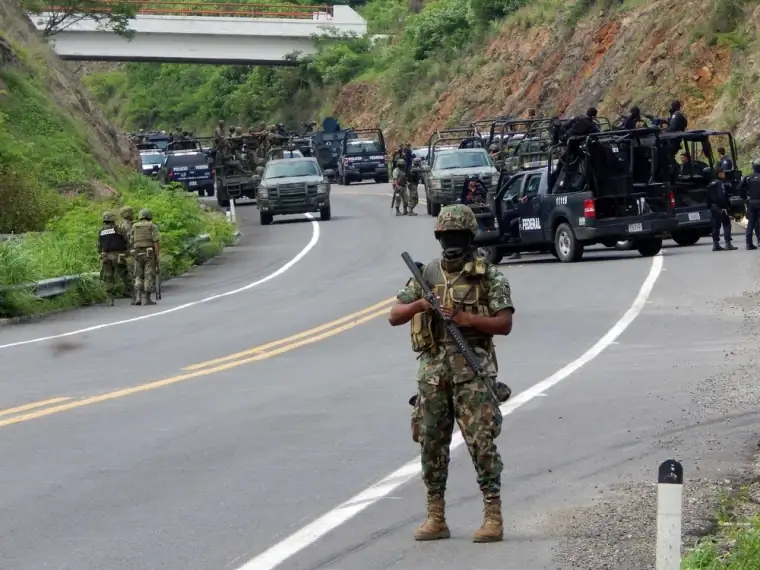
Mexico remains one of the world’s favorite holiday destinations, but in 2025, certain states like Guerrero, Michoacán, and parts of Baja California are under advisories due to cartel activity and drug war violence.
During my travels there, I noticed how resort areas like Cancún or Los Cabos felt heavily secured, while smaller towns just miles away carried different risks entirely.
The paradox is clear: while Mexico is not among the “worst holiday destinations in the world” for all tourists, its regional risks—especially cartel-related violence—make it one of the most dangerous destinations in the world when moving beyond controlled zones.
10. Honduras – High Crime Rates in Urban Areas
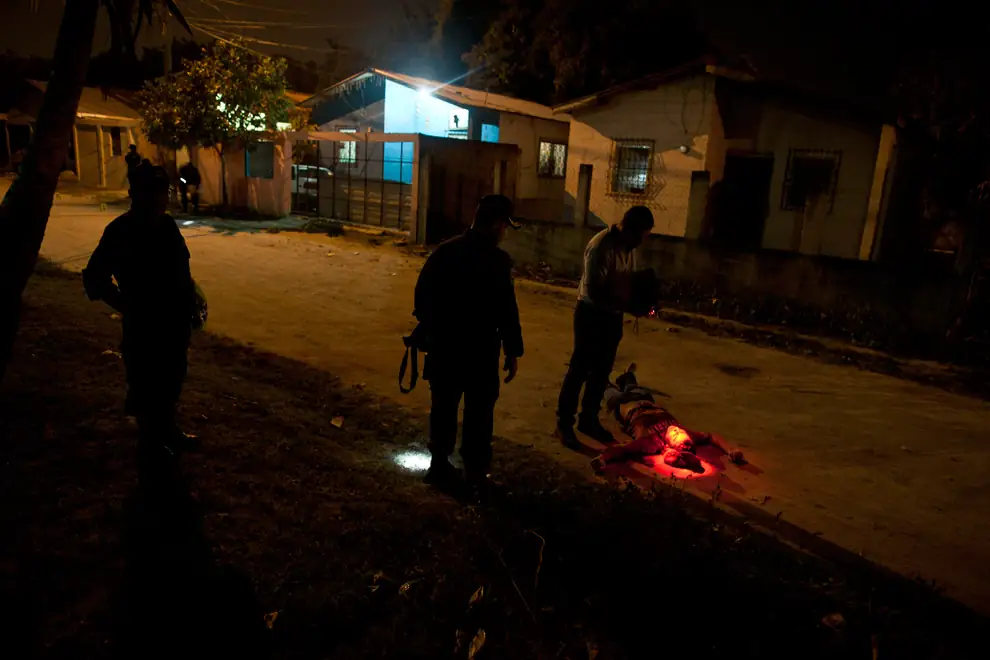
Honduras is rich in natural beauty, with pristine Caribbean coastlines and the Bay Islands’ coral reefs. But its urban centers, including San Pedro Sula, face high crime rates, gang activity, and human trafficking scores that alarm international agencies.
A taxi driver once told me he never drives certain streets after dark—it’s simply too risky. For 2025, Honduras remains flagged as a dangerous tourist destination, especially for independent travelers without local contacts.
11. Venezuela – Economic Collapse & Violent Crime
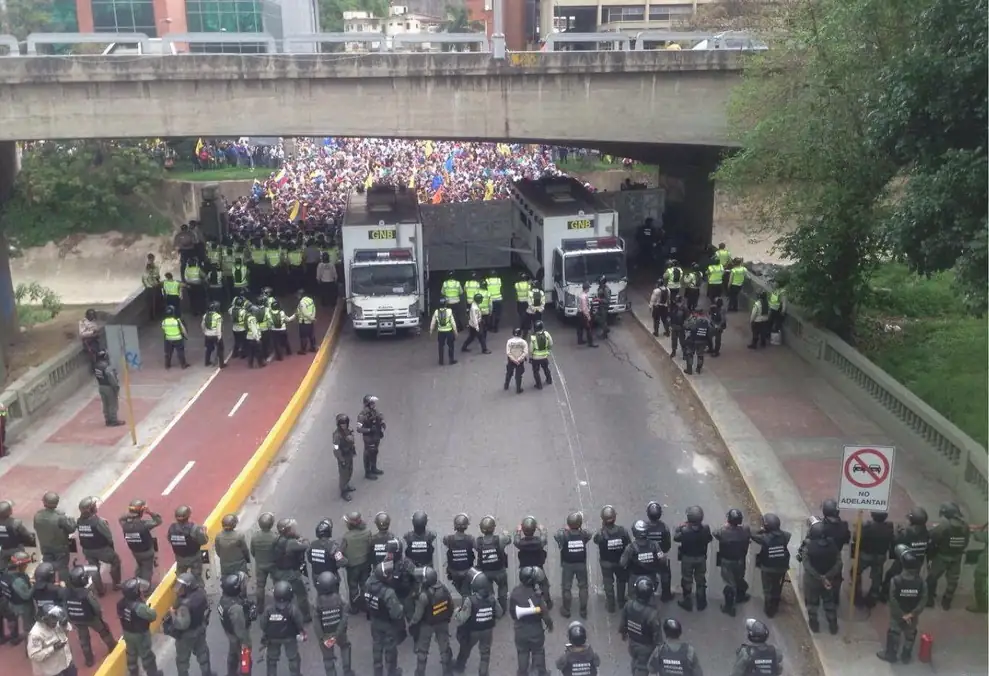
Once a jewel of South America, Venezuela is now known for economic collapse, shortages of medicine and food, and extremely high crime incidents. I remember meeting Venezuelan families in Colombia who had fled Caracas because daily life had become unsafe. While Angel Falls and the Orinoco Delta remain breathtaking, the risks—violent crime, drug cartels, and lack of medical infrastructure—keep Venezuela firmly on the list of most dangerous travel destinations in the world.
12. Haiti – Gang Violence & Instability
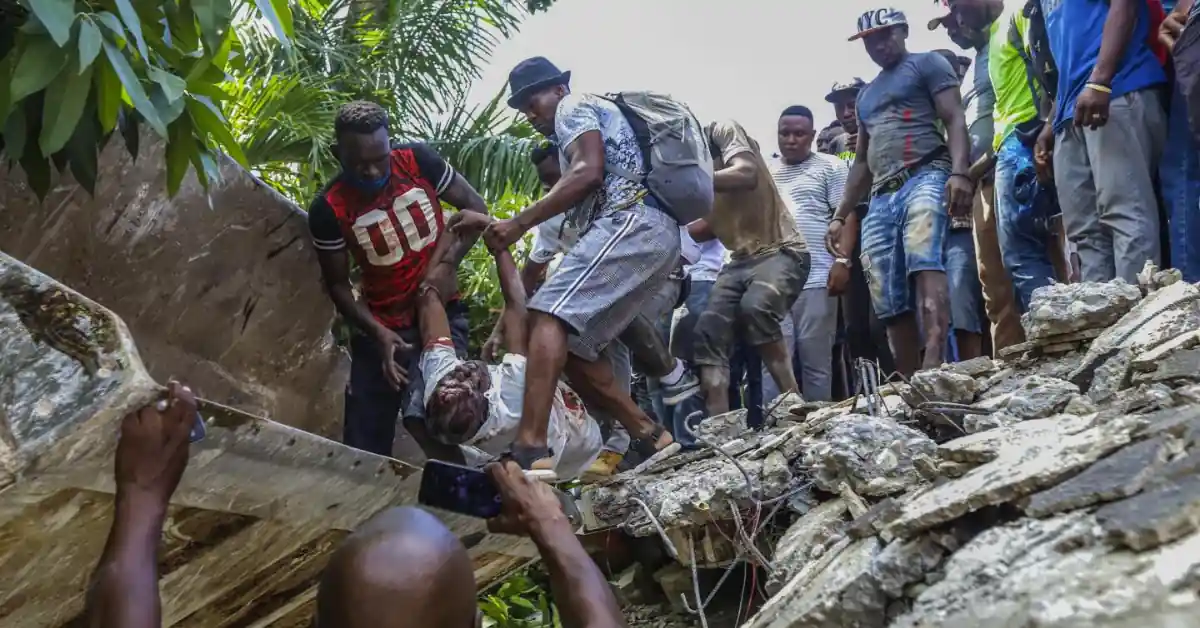
Haiti’s cultural vibrancy and Caribbean beauty are overshadowed by gang violence, weak governance, and recurring earthquake risks.
In 2025, Port-au-Prince remains one of the riskiest cities for tourists, with reports of kidnappings and armed clashes. I’ve spoken with aid workers stationed there, and their accounts confirm what the advisories state: travel to Haiti requires extreme caution, if at all.
While its art and music scene is resilient, the lack of safety infrastructure makes it a dangerous holiday destination.
13. South Sudan – Civil Conflict & Refugee Crisis
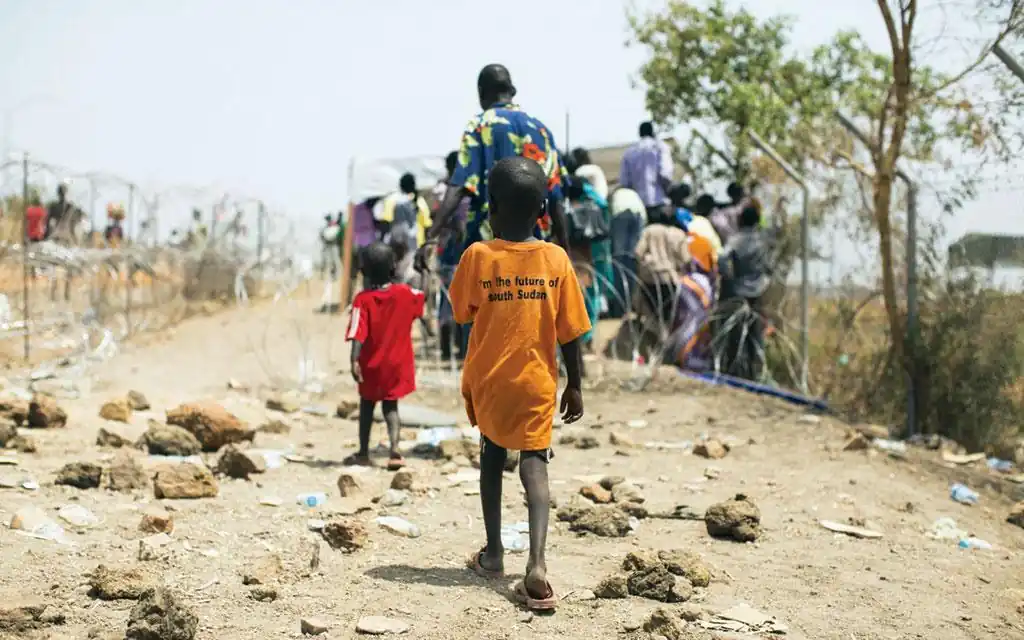
South Sudan, the world’s youngest country, is still grappling with civil war, famine, and displacement. Despite natural beauty along the Nile, its infrastructure is nearly nonexistent for tourists. In 2025, it’s considered one of the most dangerous holiday destinations in the world, with risks of violence and human rights violations.
14. Libya – Political Unrest & Safety Warnings

Libya’s Mediterranean coastline and Roman ruins could make it a remarkable travel destination, but years of political instability and armed militias keep it on high-risk lists. Even coastal cities like Tripoli are unpredictable.
During conversations with North African guides, I’ve been told that foreign travelers are rare here, not by choice but necessity. Libya remains on the Travel Danger Scale in 2025.
15. Egypt (Sinai Peninsula) – Terrorism Threats Despite Thriving Tourism
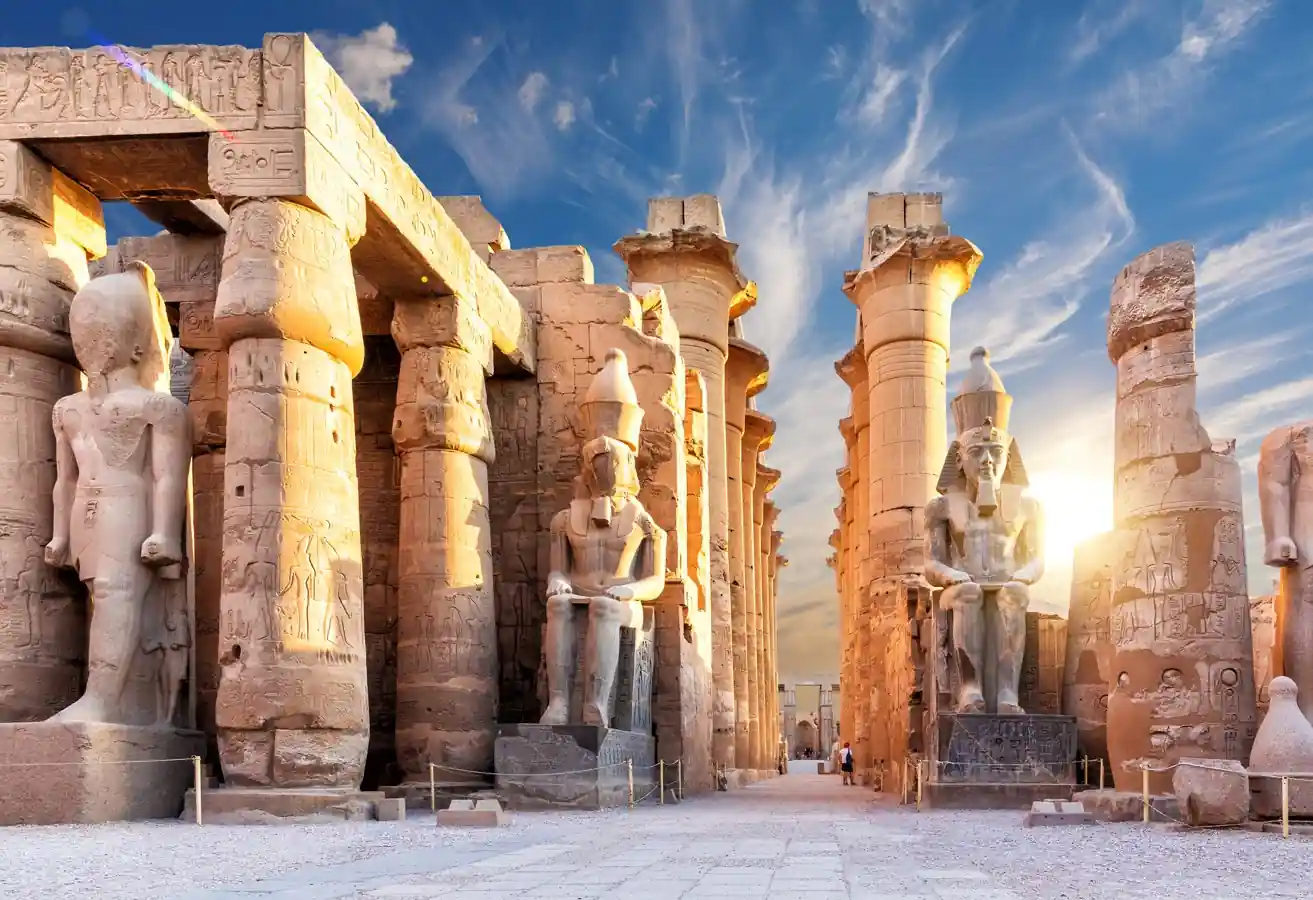
Egypt is one of the best holiday destinations in world history lovers dream of—the Taj Mahal equivalent in the Middle East with the pyramids, the Nile, and Luxor’s temples. But the Sinai Peninsula is a different story.
In 2025, militant groups still operate in the North Sinai Governorate, prompting advisories from the UK Foreign Office and others.
While Cairo, Luxor, and Sharm el-Sheikh continue to welcome millions, Sinai remains a dangerous tourist destination with elevated terrorism threats.
How to Stay Safe if Traveling to Higher-Risk Countries?

Traveling to dangerous countries doesn’t always mean avoiding them entirely—it means preparation. After years of navigating unstable regions, here are strategies I rely on:
- Check Latest Travel Advisories – Consult the U.S. State Department and UK Foreign Office safety advisory system before booking. Advisories can shift quickly due to elections, protests, or outbreaks.
- Register with Embassies – In volatile places like Iraq or Mali, I always registered with my embassy’s citizen services. It ensures someone knows your location during emergencies.
- Comprehensive Travel Insurance – Not just medical coverage, but policies that include conflict evacuation and life insurance. Companies like Global Guardian highlight the importance of having a plan for regional risks.
- Hire Trusted Local Guides – In countries with cartel activity or complex border checks, vetted guides add a layer of safety and cultural navigation.
- Avoid Hotspots – Even within the most dangerous holiday destinations, some areas are relatively safe. In Pakistan, Lahore is vibrant, but certain border zones are no-go areas. Stick to recommended regions.
- Digital Safety – With the rise of scams, use secure networks, avoid oversharing travel plans online, and be cautious of fraudulent booking platforms.
For travelers venturing into high-risk destinations or business executives requiring enhanced security during international travel, professional executive protection services have become increasingly essential. These specialized security solutions provide comprehensive threat assessment, personal protection, and risk mitigation strategies tailored to dangerous environments.
Whether navigating politically unstable regions, areas with high crime rates, or destinations prone to terrorism threats, executive protection professionals offer the expertise and vigilance needed to ensure safe travel experiences.
Ultimately, safety isn’t about fear—it’s about preparation. With the right risk assessment, you can travel smarter, even in unsafe travel destinations.
Trends That Make 2025 Riskier for Travelers
Travel risks evolve. In 2025, several global trends are pushing more destinations onto the Travel Danger Scale.
- Climate Change & Disasters – Extended heatwaves in Death Valley National Park, rising sea levels threatening coastal resorts, and sudden storms in the Caribbean. Destinations like the Danakil Desert or Lake Natron in Tanzania are even harsher due to rising temperatures and toxic gases.
- Health Risks – New variants of COVID, plus a resurgence of mosquito-borne diseases like dengue and malaria in regions such as Southeast Asia. The WHO reports higher travel-related hospitalizations in fragile healthcare systems.
- Political Instability – Elections, coups, and rising authoritarian control add unpredictability. We’ve already seen warnings from the UK Foreign Office about North Sinai Governorate and Western Asia flashpoints.
- Digital Safety – With tourism increasingly digital, scams, cybercrime targeting tourists, and fraudulent booking platforms are becoming part of the safety advisory system conversation.
As someone who’s spent nights stranded at remote borders and days negotiating permits in politically sensitive zones, I know these risks aren’t abstract—they’re felt in every delayed bus, canceled flight, or tense checkpoint conversation. Travel risk in 2025 is not just physical but layered across climate, health, and digital vulnerabilities.
Safer Alternatives to Dangerous Destinations

Travel doesn’t have to mean putting yourself at unnecessary risk. While the most dangerous holiday destinations in the world attract attention, there are safer options that offer similar cultural depth and beauty.
- Instead of Venezuela → Colombia’s Caribbean Coast
Venezuela’s natural wonders are unmatched, but its violent crime incidents and shortages make it unsafe. Colombia’s Caribbean coast—places like Cartagena and Santa Marta—offer colonial architecture, Caribbean rhythms, and turquoise waters without the same travel danger score. - Instead of Yemen → Oman for Arabian Culture
Yemen’s history is incredible, but civil war and cholera outbreaks keep it on high-alert advisories. Oman, on the other hand, is a safe entry into Arabian culture. With Muscat’s mosques, desert wadis, and coastal forts, you get history and warmth without facing conflict-driven risks. - Instead of North Korea → South Korea for Cultural Depth
North Korea is one of the worst holiday destinations in the world for safety, with strict restrictions and political unpredictability. South Korea offers thriving street food markets in Seoul, ancient palaces, and cultural depth—without the human rights violations or political tensions. - Instead of the Sinai Peninsula → Jordan
Egypt’s Sinai Peninsula remains risky due to terrorism threats, but nearby Jordan is one of the safest countries in Western Asia. Petra, Wadi Rum, and the Dead Sea provide unforgettable experiences without the constant security concerns.
The key takeaway is balance: you can experience culture, history, and natural wonders in regions that don’t rank on the Travel Danger Scale. Safer alternatives mean you still get the adventure—just without exposing yourself to no-go zones or extreme regional risks.
Final Words
Travel has always carried risk—whether it’s storms on the Skeleton Coast, heat in Death Valley National Park, or cartel-related violence in Mexico. But in 2025, with global instability, natural disasters, and rising digital safety threats, knowing where the most dangerous holiday destinations in the world lie is more important than ever.
As travelers, we must respect local conditions, monitor safety advisory systems, and choose wisely. Adventure doesn’t require recklessness. I’ve learned over years of travel—sometimes the hardest way—that respecting advisories and preparing with comprehensive travel insurance makes all the difference.
The world is vast and stunning. Some places remain off-limits, but countless others are ready to welcome you with open arms. Stay informed, respect boundaries, and embrace the adventure that doesn’t put your safety at unnecessary risk.
Frequently Asked Questions
1. What country is the most dangerous for tourists right now?
According to 2025 advisories, Afghanistan and Somalia top the list due to terrorism risks and armed conflicts.
2. Is it ever safe to visit these destinations with a tour group?
In some cases, yes. North Korea, for example, only allows travel through approved tour companies—but risks remain high.
3. Do travel insurance companies cover these countries?
Not always. Many exclude civil war zones or cartel activity regions unless you purchase specialized comprehensive travel insurance.
4. How often do advisories change?
They can shift weekly, especially during elections, coups, or outbreaks. Always check the UK Foreign Office or U.S. State Department updates.
5. Are popular resorts in “dangerous” countries safe?
Sometimes. Mexican resorts are heavily secured, but stepping outside resort zones can expose you to regional risks.
6. What is the most dangerous holiday destination?
Based on 2025 data, Afghanistan remains one of the most dangerous holiday destinations in the world.
7. What is the deadliest location on Earth?
Places like Death Road (North Yungas Road) in Bolivia and the Darvaza Gas Crater (“Gates of Hell”) in Turkmenistan are infamous.
8. What is the most violent region in the world?
Currently, parts of the Sahel (Mali, Niger, Chad) and South Sudan face severe civil conflicts.
9. What is the riskiest city for tourists?
Cities like Port Moresby in Papua New Guinea and San Pedro Sula in Honduras have some of the world’s highest crime rates.
10. Is Pakistan dangerous to travel?
Certain border areas are risky, but cities like Lahore or cultural hubs in Gilgit-Baltistan are safer with precautions.
11. What is the most risky country for tourists?
In 2025, Afghanistan, Somalia, and Yemen remain the most consistently high-risk countries on the Travel Danger Scale.
Recent Posts
 How to Reach Yukevalo Island: Complete Route Guide 2025
How to Reach Yukevalo Island: Complete Route Guide 2025 How to Visit Victoria Falls the Smoke That Thunders in 5 Days (No-Stress Guide)
How to Visit Victoria Falls the Smoke That Thunders in 5 Days (No-Stress Guide) 20 Surreal Places in Mexico That Feel Too Dreamy to Be Real (2025)
20 Surreal Places in Mexico That Feel Too Dreamy to Be Real (2025) What Makes Santiago Ways the Most Trusted Camino Agency?
What Makes Santiago Ways the Most Trusted Camino Agency? What Makes Orbis Ways the Go-To Choice for Outdoor Travel Enthusiasts?
What Makes Orbis Ways the Go-To Choice for Outdoor Travel Enthusiasts?






